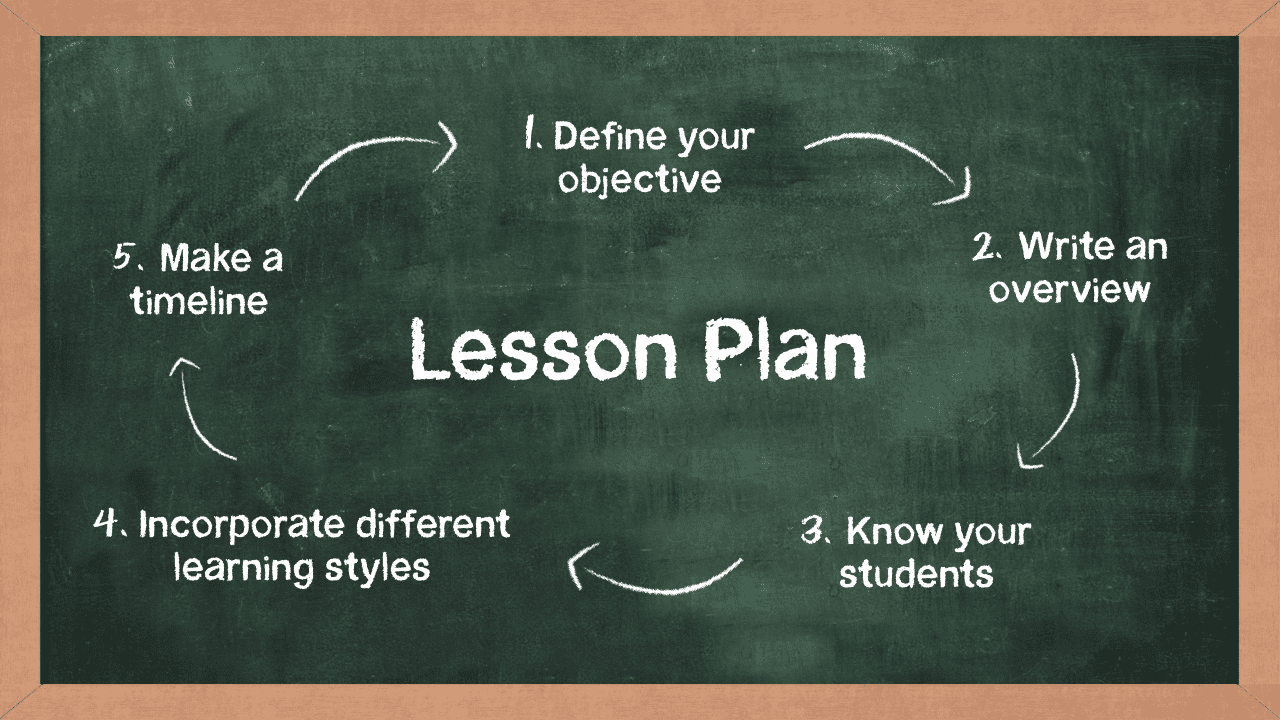By Alusine Fullah
A lesson plan is a step by step guide of what is to be taught and how that particular lesson is going to be taught in class, it includes the lesson aims and objectives (what the students are supposed to learn) how the lesson objectives will be achieved and a way of measuring how well the goal will be achieved (test, homework, classwork etc).
Before writing a lesson plan, you must know your lesson’s why, what, when, who, and how. What objectives are you measuring and how will students show you that they understand? who are the students who need to access this lesson, How are you going to deliver the lesson, And when do you anticipate to end the lesson
STEP BY STEP TEACHING PLAN
Opening or anticipatory set; Introduction to new materials; Independent practice Guided practise; Closure or conclusion (Review and revise); Evaluation (summative) Asking the pupils to see if they actually understand the concepts or not.
LESSON PLAN COMPONENTS
The lesson plan has two components
1 preliminary section: the details about the learners’ age, class, number on roll, subject, time / duration of lesson etc.
2 Essential components: lesson title, week, Date, Theme, teaching aids previous knowledge, lesson objectives, introduction, activities to do, conclusion and evaluation
Ask yourself what do I want the students to learn (learning objectives). Behavioural objectives consist of three components
1 A condition- By the end of the lesson………
2 An action- children should be able to recite the days of the week
3 state degree or level of performance- eg correctly, properly, accurately etc
How will I check for understanding (Evaluation?) What teaching and learning activities will I use (Teaching Methods?) What activities must student complete to achieve the learning objectives?
Anticipatory set or opening: engage and prepare pupils to connect with previous lessons already taught; explain the material students will be learning.
INTRODUCTION TO NEW MATERIALS (I DO)
Start by asking the pupils to tell you what they already know about the topic in question. Teacher can introduce his lesson in different ways:
1 By asking the pupils series of probing questions
2 Revision- By revising the main points of the previous lessons already taught
E.g. previous knowledge ‘The children have already learnt how to spell the days of the week
3 State the topic to be taught. For instance: today we are going to solve some problems involving fractions
ACTIVITIES
INDEPENDENT PRACTICE (YOU DO)
This is the part in which students are given the opportunity to practice the concepts presented to them during the introduction to new materials they are expected to complete the work by themselves without any help from the teacher.
GUIDED PRACTICE
(THEY DO) Is where the instructor moves around the class monitoring and helping weaker or slow pupils to understand the content materials. The pupils practice what they have learned under the supervision of their teacher. Having the help of their teacher can help students who are struggling with a specific concept or skill
Example of Guided practice in the classroom includes, reading aloud, doing experiments together, teacher led instruction guided practice is showing learners how to complete a task or problem and then turning over the practice to them. Series of activities should be done to reinforce learning of a particular topic in class. Have a variety of lesson activities that will engage each student/ pupil throughout the lesson
CONCLUSION OR CLOSURE: review and revise all what was done in class .Go over the materials covered in class and asking them individual questions give them summary notes already outlined on the board. Teachers are strongly advised to write their notes in bullet points.
EVALUATION: ask pupils series of questions or give them classwork to see if you have achieved your lesson aims and objectives
As educators, we should understand that a well-structured lesson plan sets the foundation for effective teaching. A productive lesson is not the one in which everything goes exactly as planned, but one in which both students and teachers learn from each other.












